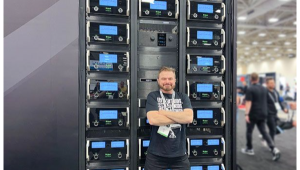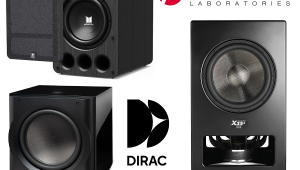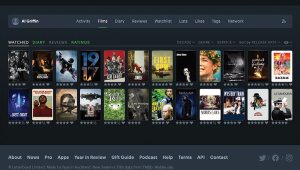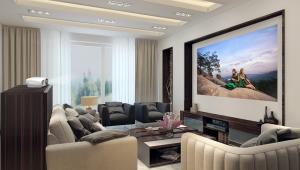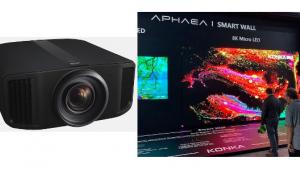Why Wireless?
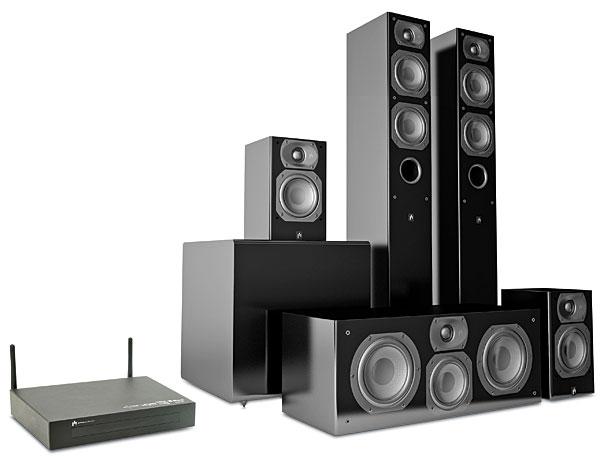
The last piece of the puzzle is amplification. I’ve always been a fan of powered monitors because they allow an integrated engineering approach in which the speaker designer can knowingly select and tailor the driver elements and active crossovers to account for characteristics of the amplifier. In other words, it puts what is typically an unknown—the amp you supply separately, with all its variables of power output, damping factor, frequency response, and distortion characteristics—and puts it back in the hands of the speaker designer. Theoretically, this should produce an optimum result. So Aperion’s decision to create a closed system with powered monitors and a dedicated surround processor/switcher suggested a potential for something truly amazing.
There will be those who will argue, of course, that powered speakers requiring connection to a wall outlet for power are not really wireless. Yes, that’s true, and the need for AC power also makes these speakers difficult to hang on walls. Most systems I’ve seen with powered speakers had them integrated in theater rooms that were built from scratch, where they could be hidden behind screens and scrims in compartments that had been prewired for both the speaker signal cables and the AC.
Check out Darryl Wilkinson’s review and make your own call about whether this bold attempt represents a full realization of the ideal. But either way, the concept of transmitting high-end-quality sound via a wireless link should not be taken lightly. The allure of cutting the cable on all the speaker wires could be a huge boon to spreading home theater among the masses. A few years back, I wrote an article about ”surroundaphobia,” a surprisingly common affliction in which owners of home theater box systems, and even A/V receivers, never hook up any of the surround-sound channels their system provides for, thereby missing out on one of the most engaging aspects of buying the gear in the first place. In a survey conducted several years ago, the Consumer Electronics Association found that 23 percent of consumers cited their objection to running exposed wires to five or more speakers as one of their reasons for not owning a home theater, and 74 percent of those surveyed said they wanted systems with as few wires and connections as possible. Aside from us serious enthusiasts, most people just hate having to look at or hide cables. Technology like Summit’s points to a future where we can make them go away, with no meaningful sacrifice in sound quality.


